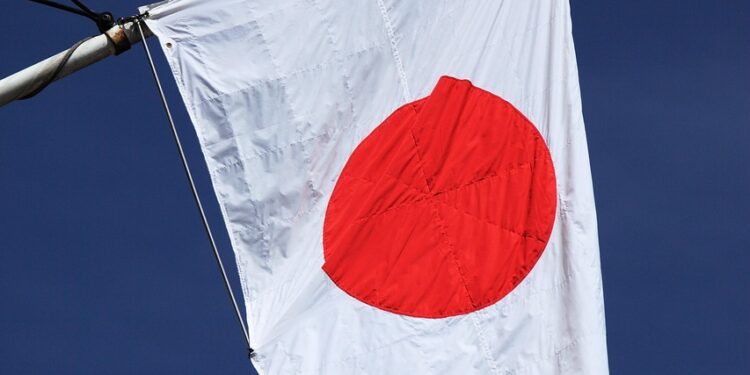The election of Sanae Takaichi, a former government minister, ex-TV host, and unexpected heavy metal enthusiast as the new leader of Japan’s ruling conservative party (LDP) is a watershed moment, positioning her to become the nation’s first female Prime Minister.
This is a historic, albeit deeply contentious, shift. Takaichi, 64, is not an accommodation to modern progressive sentiments, but rather a doubling-down on the LDP’s “hardline” conservative base. Her ascent is a stubborn attempt by the party’s right wing to recapture a perceived “LDP DNA” that they believe was diluted under recent, less-ideological leaders.
For the international community, the topic of Japan’s first female prime minister, dominates the narrative. But for investors and regional powers, they are anxious on what a Takaichi-led Japan mean for economic reform and regional security? Her political pedigree (a protégé of the late Shinzo Abe) signals a firm commitment to his hawkish security posture and his signature high-spending economic vision, Abenomics.
This aggressive move to the right, however, comes at a precarious time. The nation grapples with a sluggish economy, soaring inflation, and painfully stagnant wages, issues that demand pragmatic consensus, not ideological rigidity.

The Challenges of Uniting the LDP and the Electorate
Takaichi frequently invokes her admiration for Britain’s Margaret Thatcher, seeking to project an image of steely resolve. Yet, as Professor Jeff Kingston points out, she’s “anything but Thatcher” in terms of fiscal discipline, committed instead to the high-spending policies of Abenomics.
More critically, her brand of conservatism is proving highly divisive. Her staunch opposition to same-sex marriage and her resistance to allowing women to retain their maiden names after marriage (seen by many as an affront to traditional family values) alienates the very women voters who should celebrate her rise. She is perceived not as an advocate for progress, but as a defender of the deeply entrenched status quo.
The most immediate danger she faces is a party deeply fractured after a turbulent year under the previous leader, Shigeru Ishiba, which saw the Liberal Democratic Party (LDP) lose its crucial legislative majority. As an uncompromising voice for the party’s right wing, Takaichi risks fulfilling the prophecy of Prof. Kingston: she may “regain the right wing voters, but at the expense of wider popular appeal.”
To unify Japan, she must first unite the LDP and demonstrate a capacity for healing that her “Iron Lady” idol notoriously lacked. Her frequent, controversial visits to the Yasukuni shrine (a flashpoint in East Asia) further solidify her hardline image, creating diplomatic headwinds before she even takes office.

















